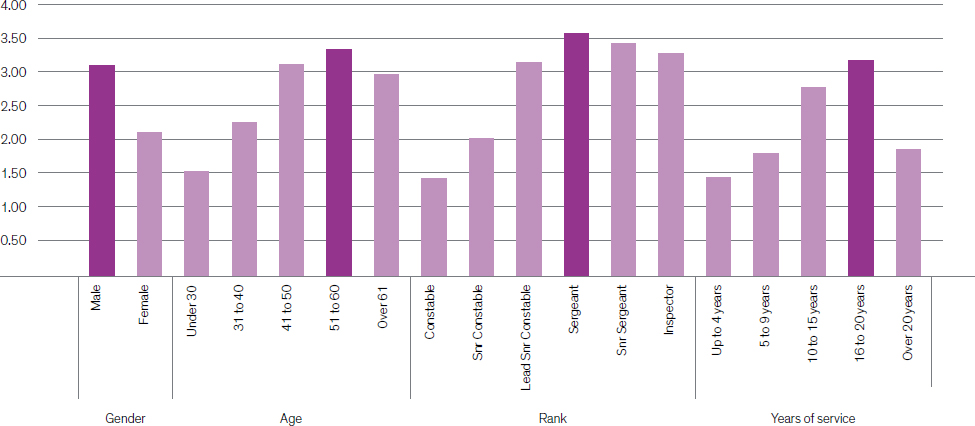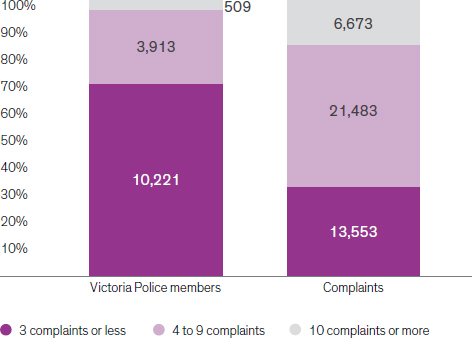To
The Honourable President of the Legislative Council
and
The Honourable Speaker of the Legislative Assembly
In accordance with section 162(1) of the Independent Broad-based Anti-corruption Commission Act 2011 I present IBAC’s report on its Operation Ross investigation concerning the Ballarat Police Service Area.
I presided at the compulsory public examinations that were held in aid of this investigation.
IBAC’s findings and recommendations are contained in this report.
Yours sincerely
Stephen O’Bryan QC
Commissioner



